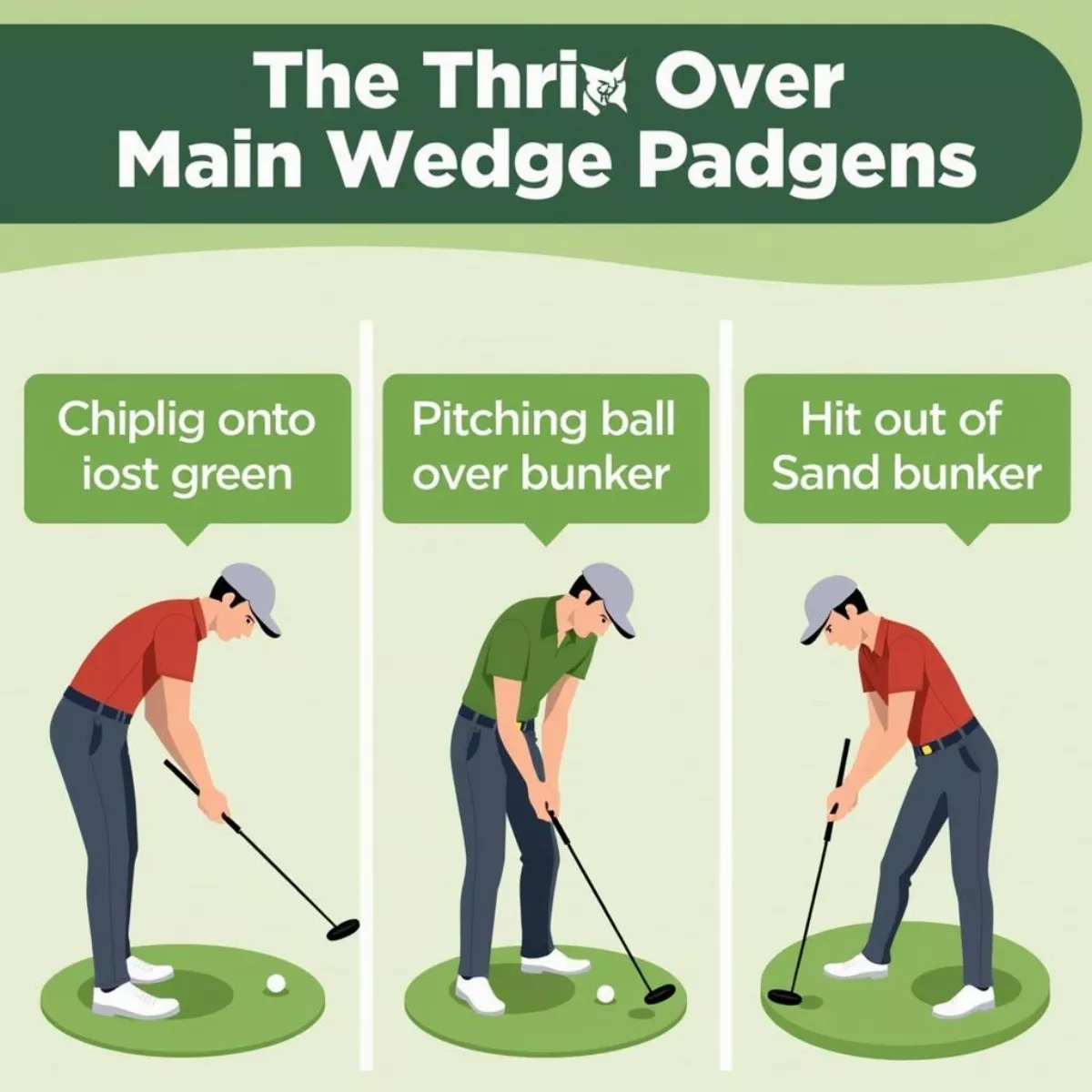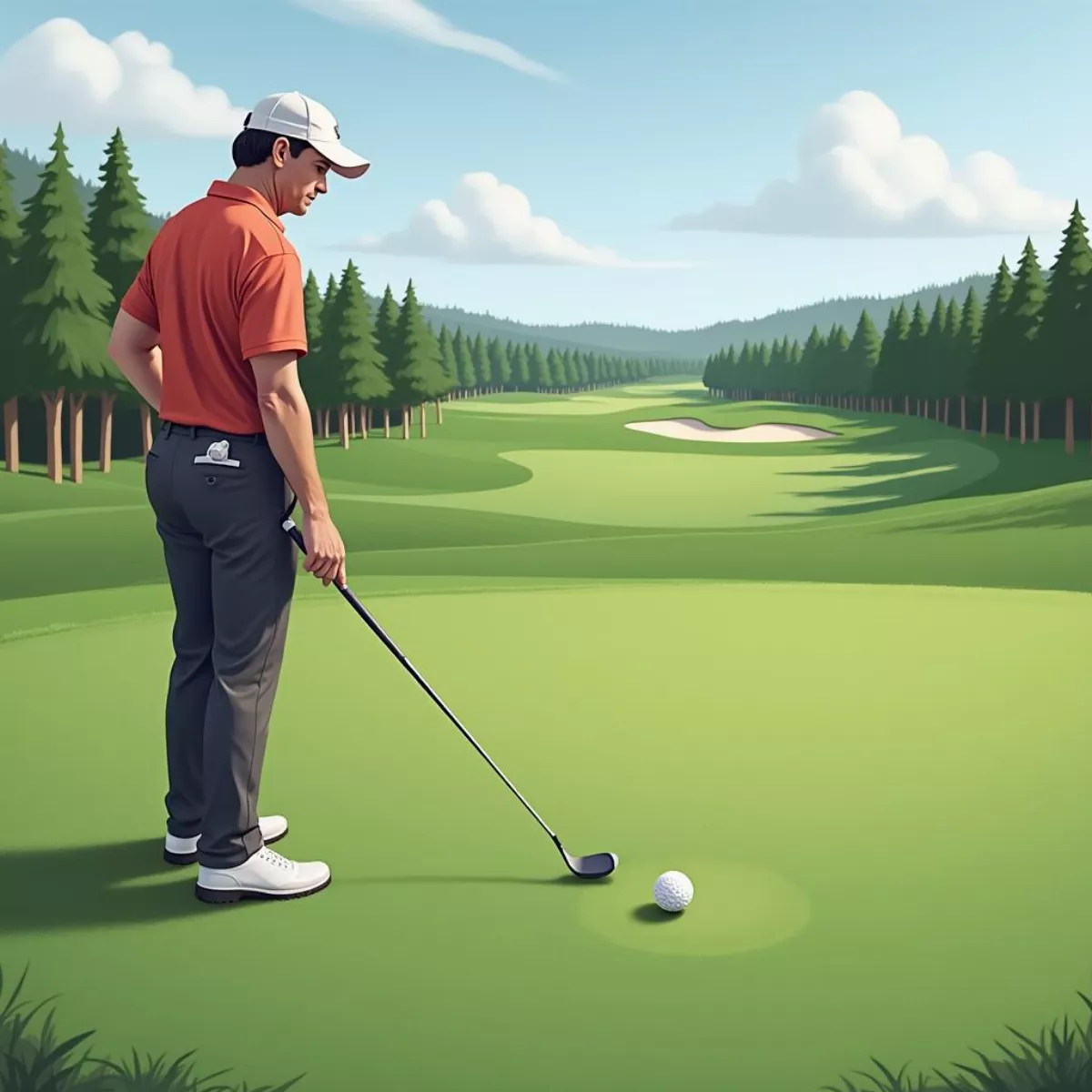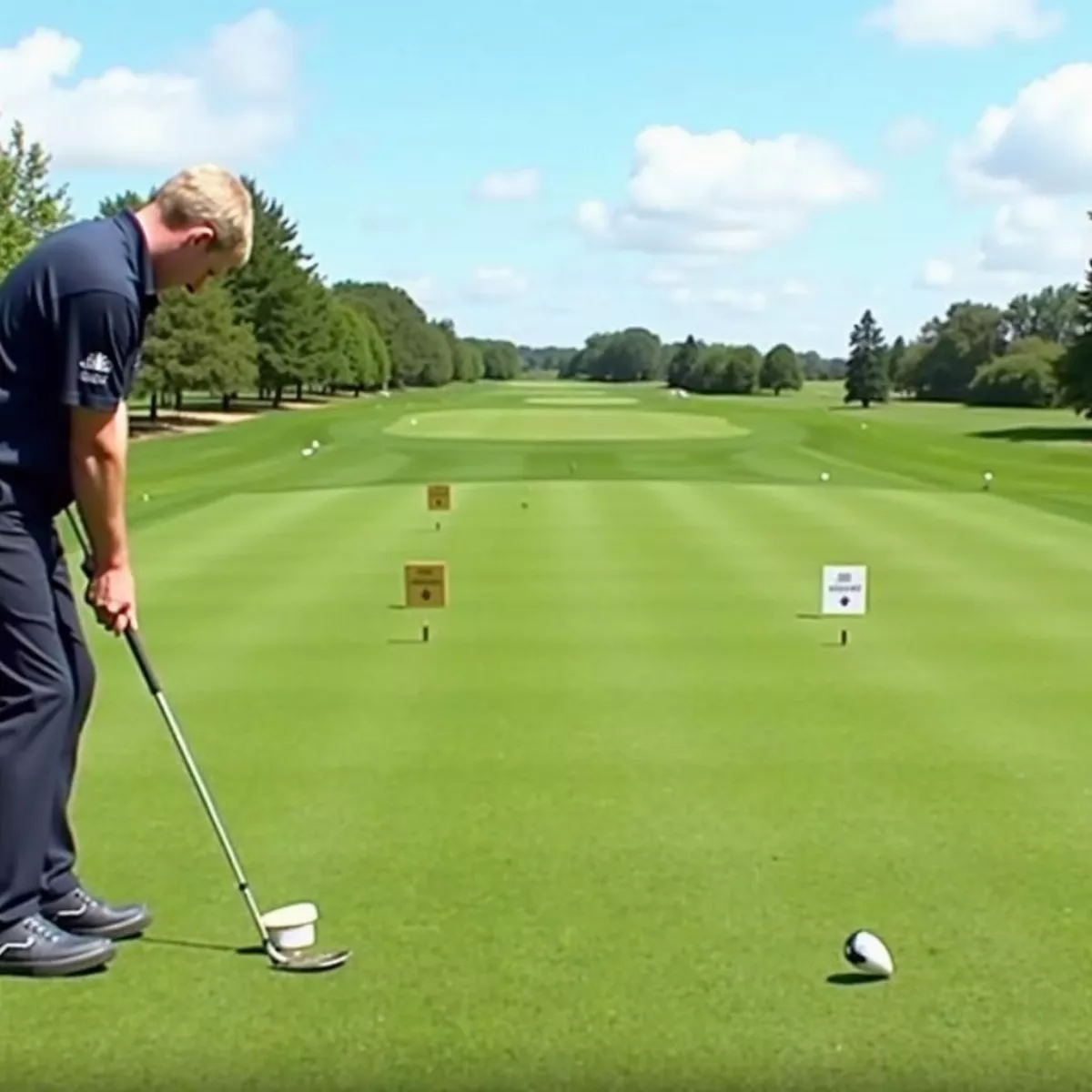Golf is an intricate dance of strategy, skill, and precision. Among the multitude of clubs in your bag, one stands out for its versatility and importance to your short game—the wedge. In this guide, we’ll delve deep into the world of the one wedge golf club, exploring its types, uses, and best practices for incorporating it into your game. Whether you’re a beginner or a seasoned golfer, understanding your wedge can significantly improve your scoring.
Understanding Wedges: The All-Rounder Club
Wedges are specialty golf clubs designed for short-distance shots. They provide higher loft and are critical for approach shots, chipping, pitching, and bunker play. Here’s a breakdown of common types:
- Pitching Wedge (PW): Typically has a loft of 44 to 48 degrees. Ideal for short approach shots and full swings to the green.
- Gap Wedge (GW): Fills the gap between the pitching and sand wedge with a loft of about 50 to 54 degrees.
- Sand Wedge (SW): With a loft of 54 to 58 degrees, it’s perfect for sand traps and higher shots around the green.
- Lob Wedge (LW): Ranges from 58 to 64 degrees, used for very high shots and delicate approaches.
Why You Should Focus on One Wedge
Instead of carrying multiple wedges and getting lost in the details, selecting one versatile wedge can simplify your game. This approach has several advantages:
- Reduced Overwhelm: Fewer choices can lead to better decision-making.
- Improved Skill Development: Mastering one wedge allows you to focus on technique and practice.
- Increased Consistency: A familiar club leads to better confidence and reliability in your short game.
 Golfer Choosing a Wedge
Golfer Choosing a Wedge
Choosing Your Perfect Wedge
Loft and Design
Selecting a wedge depends largely on whom it’s for and your typical course conditions. Here are considerations to keep in mind:
- Loft: Generally, a 56-degree sand wedge is popular for its versatility.
- Bounce: This refers to the angle on the sole of the club, impacting how the club interacts with the ground. A higher bounce is beneficial in soft sand, while a lower bounce works in firm conditions.
- Grind: This is the shape of the sole, affecting how the club performs in different lies. Familiarizing yourself with this feature can aid your short game significantly.
Shaft Length and Flexibility
- Generally, wedges should have similar shaft lengths to your other irons.
- The flex (regular, stiff, etc.) should match your swing speed for optimal performance.
Appearance and Feeling
Here’s where personal preference comes in. Some golfers prefer a chrome finish for aesthetic appeal, while others favor a matte finish to avoid glare. Importantly, the club should feel comfortable in your hands.
Mastering Your One Wedge
Once you’ve selected the perfect wedge, the next step is mastering its use. Below are some core techniques that you should practice.
Basic Techniques
- Chipping: Keep your weight on your lead foot, create a triangular shape with your arms and shoulders, and use a smooth stroke.
- Pitching: Set up with a slight open stance, cock your wrists upwards as you take the club back, and follow through towards your intended target.
- Bunker Play: Open the clubface, set up with your body aiming left (for right-handed golfers), and swing down into the sand, letting the club take the ball out of the trap.
 Golf Wedge Techniques: Chipping, Pitching, Bunker Play
Golf Wedge Techniques: Chipping, Pitching, Bunker Play
Key Drills
Here are a few drills to enhance your wedge skills:
- Hinge Drill: Focus on the correct wrist hinge during your backswing for better control.
- One-Handed Drill: Practice hitting shots with just your lead hand to improve feel and body mechanics.
- Target Practice: Set up targets at various distances to hone your accuracy.
How to Incorporate Your Wedge Into Your Game
Practice Regularly
Allocating time for wedge practice is essential. Spend 15-20 minutes during every practice session to focus solely on your wedge work.
Play Wedge Games
Engage in short game competitions with friends or solo challenges. For instance, challenge yourself to see how many different targets you hit from 30, 40, and 50 yards consistently.
Mind Your Course Management
Your wedge can affect your game strategy. Always consider:
- Where’s the pin?
- What’s the wind direction?
- How does the lie of the ball affect the shot?
 Golfer Planning Shot with Wedge
Golfer Planning Shot with Wedge
Common Mistakes to Avoid with Wedges
Understanding common errors can enhance your learning curve dramatically.
- Incorrect Setup: Not aligning your stance or club properly can lead to poor contact.
- Over-Complication: Trying too many techniques can confuse your muscle memory. Stick to what works!
- Neglecting Practice: Short games require as much, if not more, practice as long drives.
Key Takeaways
- Focus on one wedge: Simplifies your game and boosts your skills.
- Understand wedge types: Know the loft and bounce to maximize your wedge benefits.
- Practice regularly: Develop your short game through dedicated practice.
- Avoid common pitfalls: Watch out for mistakes to elevate your game.
FAQs About Wedge Golf Clubs
- What is the best wedge for a beginner?
- A 56-degree sand wedge is often ideal due to its versatility in various situations.
- How do I know what bounce I need?
- Match bounce to course conditions: lower bounce for hard ground and higher bounce for soft ground.
- Can I use a pitching wedge for chipping?
- Yes, but be mindful of the loft; a lower loft can produce shorter, more controlled chips.
- What’s the difference between a sand wedge and a lob wedge?
- A sand wedge has a lower loft (typically 54-58 degrees), while a lob wedge has a higher loft (58-64 degrees).
- How often should I practice wedge shots?
- Ideally, dedicate 15-20 minutes per practice session to focus on wedge work, working on various shots.
- Does a heavier wedge help me swing better?
- Heavier wedges can provide more stability, but the right weight is subjective and dependent on your swing.
- What’s the best way to clean my wedges?
- Use warm water and a brush to maintain grooves for optimal spin and performance.
- Should I purchase a matching wedge set?
- Matching wedges can create consistency, but it’s crucial to select wedges that suit your playing style.
- Is it worth customizing my wedges?
- Custom fitting can significantly improve performance by aligning the club specifications with your needs.
- What’s the ideal angle for a wedge shot?
- The ideal angle depends on the shot, but basics involve a 45-degree or more open face at impact for higher shots.
With this guide to the one wedge golf club, you’ve now equipped yourself with the knowledge to improve your short game significantly. Embrace your progression and practice with intention; soon enough, you’ll be mastering delicate shots and navigating bunkers like a pro. Happy golfing!
